Figuring out what type of milk provides the best nutrition can be daunting. Kristin Sears explores the health benefits of many milks, and provides some things to consider before your next trip to the grocery store.
Since having my son there’s been one drink constantly on my mind: milk. All of the sudden, something I’d paid little mind to, unless I’m splashing it on my coffee, has come to the forefront of my thoughts.
Milk Alternatives Early in Life Are not Always Natural
Like many new moms, I was so sure I would be exclusively breastfeeding that I never bothered to research formulas. When it became clear that my son Lukas would not be exclusively breastfed, I had to find a product that would feed my son with the least amount of damage. I quickly learned that many U.S. formulas (even those recommended by pediatricians) are filled with oils, artificial flavors, colors, preservatives and sugars. Not exactly what I wanted Lukas to be ingesting in his early stages of development. I remembered the voice of my dad, Dr. Barry Sears, echoing in my head:
“A child’s gut is not fully formed until they are 3 years old. What your baby is eating now will determine the final composition of the microbes in their gut.”
This required me to be educated about what I chose. Luckily, through speaking with my dad, my own research, and talking to other nutritionally conscious moms, I found a formula with ingredients I felt comfortable supplementing with to fill in the gaps with my breast milk.
Growing Up with Lactose-Free 2% Milk
Lukas’ breast milk and formula journey ended when he turned a year old. The pediatricians recommended cow’s milk, but after questioning their formula recommendations, I once more had to get hip to all the available milk options to give Lukas the best nutrition possible.
When I need guidance on my family’s nutrition, I go to the greatest source on the planet – my dad. Elaborating on his aforementioned wisdom on the gut (in pre- and post-development stages), he informed me that it’s the protein in the dairy that causes the hormonal release from the gut that causes the satiety. But lactose can also cause digestive problems. Although all infants have the ability to breakdown the lactose found in breast milk into glucose and galactose, the vast majority soon lose that ability and therefore become lactose-intolerant at a very early age.
As my dad explained in his typical language:
“Using hormone and antibiotic free milk that is also lactose-free is the appropriate choice for dairy protein. The lactose-free milk allows you to introduce only the milk protein without the confounding potential problem with lactose. Furthermore, 2% milk has the right Zone balance of protein, carbohydrate, and fat. Unless you are going to be adding monounsaturated fat, then lowering the fat content in milk will not have the right balance for optimal hormonal control. Whole milk has too much saturated fat (twice as much) compared to 2% milk.”
That sold me on lactose-free 2% cow's milk.
The Guide to Alternative Milk Options Throughout Life
What about all the other milk options currently on the market for anybody who likes to drink milk – kids and grown-ups alike? I took the liberty of compiling a list of the most common milk types, their benefits, things to consider and whether they are Zone-approved.
Cow's MilkMost Recommended The best overall milk choice in terms of liquid nutrition is 2% lactose-free cow's milk. It is a good source of high-quality protein that promotes satiety, and it has the right balance of protein, carbohydrate and fat so it's Zone approved. Plus, it contains calcium, vitamin D, phosphorus and other essential nutrients.
What are the considerations:
|
|
Almond MilkAlmond milk is an alternative often used for those who have a milk allergy, milk intolerance or follow a vegan lifestyle. It's dairy and lactose-free. The fat in almond milk comes primarily from good fats (1.5 grams monounsaturated fats per cup) and it's rich in calcium and vitamin E.
What are the considerations?
|
|
Brown Rice MilkBrown rice milk contains 2 to 3 times the amount of carbohydrates compared to other milk alternatives. For those who avoid dairy, soy or nuts, it's one of the least allergenic of the milk choices.
What are the considerations?
|
|
Cashew MilkCashew milk is similar to almond milk in regards to being a dairy free, lactose-free alternative. It is slightly sweeter, less nutty and higher in fat than almond milk.
What are the considerations?
|
|
Coconut MilkCoconut milk comes from the sweet liquid inside a mature coconut. When you blend the flesh inside the coconut with this liquid (the coconut water) and strain it, the result is coconut milk. Coconut milk is a soy-free, dairy-free, nut-free alternative.
What are the considerations:
|
|
Flax MilkFlax milk tends to be free of the major allergens (dairy, nuts and soy), and has no saturated fat. It also contains the same amount of protein as cow's milk, but may not be as filling. Plus, flax contains omega-3 fatty acids.
What are the considerations?
|
|
Goat's MilkGoat's milk is something to consider, as it has less lactose than cow's milk and a similar amount of protein.
What are the considerations:
|
|
Soy MilkSoy milk is a plant-based, lactose-free milk alternative that contains slightly less protein than cow's milk. Of the milk alternatives, it is richer in iron and lower in saturated fat. Dr. Sears suggests that adults consume no more than 1 glass per day, and that children refrain entirely due to its high phytoestrogen levels, which can interfere with thyroid function.
What are the considerations?
|
Hopefully, this information will help you decide which type of milk is right for you and your family. If you have other milk options that have worked for you, please mention them in the comments.






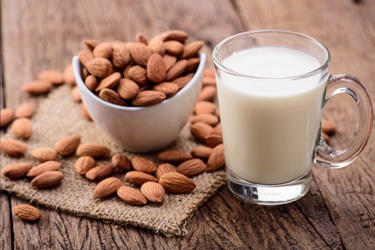
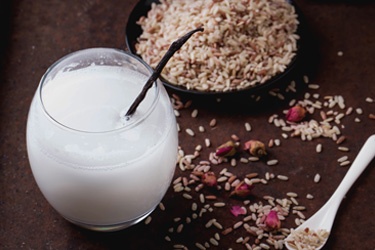
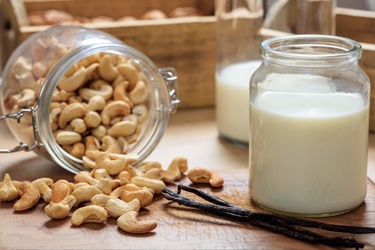
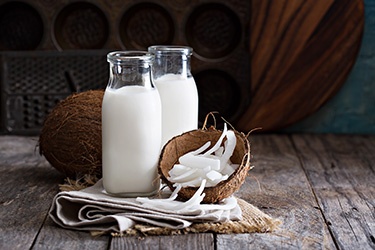
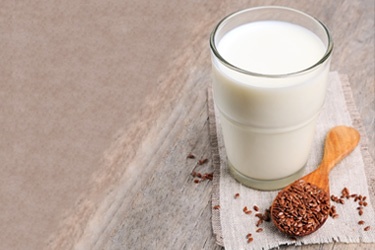
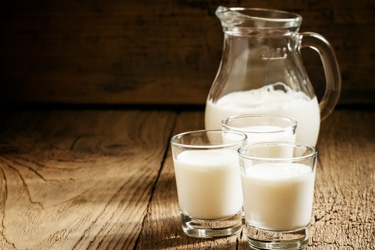
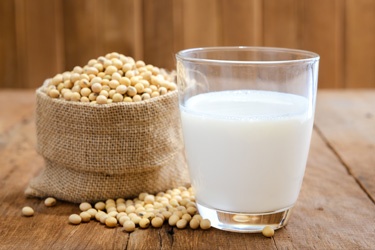

Let Us Know What You Thought about this Post.
Put your Comment Below.